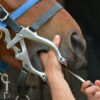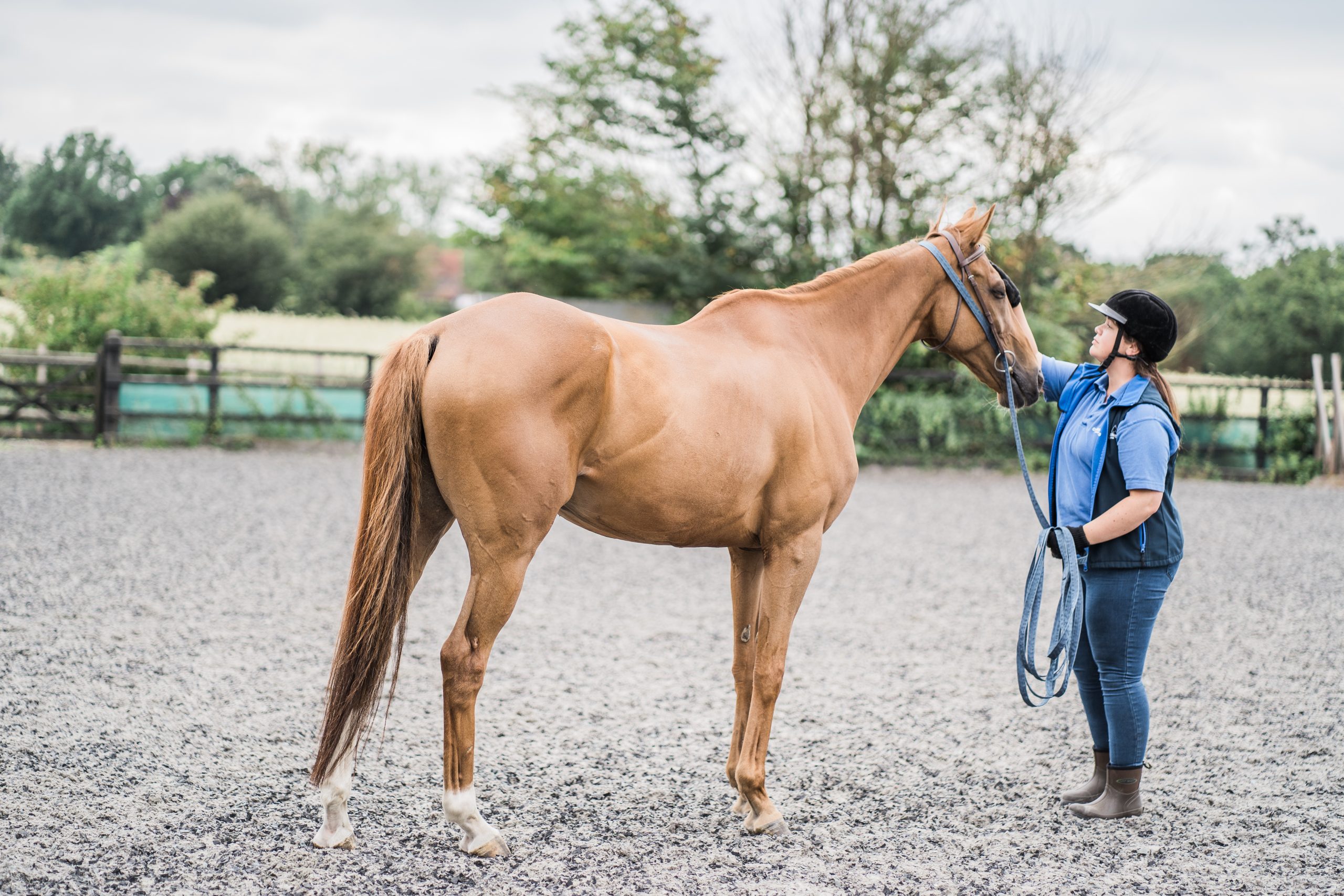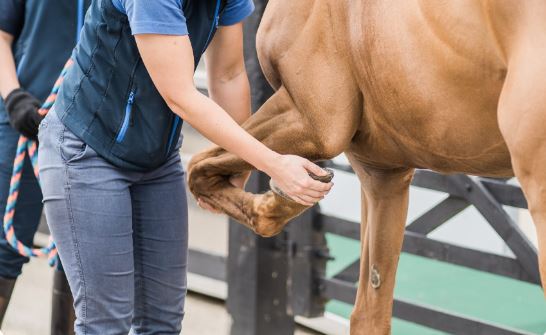Physiotherapy is undoubtedly beneficial for both humans and equines. But finding a good equine physiotherapist near me is hard. Physiotherapy not only helps an equal to overcome his specific condition. It also helps it in maintaining its performance.
A horse physiotherapist makes sure your equine is free from any physical problems.
As a horse keeper, I’m aware of the struggles horse owners have to go through to find the right physiotherapist. Thus, in this article, I am going to share my journey of finding a good equine vet near me.
How To Find a Good Horse Physiotherapist?
There are several equine physiotherapists in the UK. Unfortunately, only a few are good and trustworthy. The development of the health of your horse is important. It depends on the quality of physiotherapy. And how good the physiotherapist is.
The tips on finding a good equine physiotherapist are:
Asking for Recommendations:
It is a very helpful tip whether you need to find a good vet or a good equine physiotherapist. Ask fellow horse owners or keepers in your area about horse physiotherapists. Or ask for physiotherapist recommendations from the local horse feed store nearby.
Asking the Vet for Reference:
Ask your equine vet for horse physiotherapist recommendations. Why? Equine vets treat and encounter a lot of equines who require equestrian physiotherapy. Typically, the equine vets refer to the veterinary facility nearby.
How Does an Equine Physiotherapist Help A Horse?
We often hear that an equine physiotherapist helps a horse with certain physical conditions.
What are these conditions? These are:
Neck, Back, and Pelvis Problems:
Problems concerning the neck, back, and pelvis of an equine can occur due to various reasons. Such as:
- trauma from falling or becoming cast,
- poor fitting of the saddle,
- weakness due to age and schooling stage,
- weakness or asymmetry of the rider,
- adaptive gait due to underlying pathology or lameness
Injuries to the Soft Tissues:
Equine physiotherapist near me is great for horses suffering from injuries as they are challenging to transport. Those injuries are ligaments, tendons, and muscles. Equestrian physiotherapy is also helpful for sprains, strains, desmitis and tendinopathy.
How Do Equine Physiotherapists Assess A Horse?
Before assessing a horse, the equine physiotherapist will contact the horse’s vet for the approval of the treatment. The initial assessment and treatment of an equine takes about 1 hour and 30 minutes, or longer if necessary. Within this time frame, an equine will do the following:
- Take a detailed medical history of the horse.
- Observe the standing square of the horse and how it performs while moving in a straight line.
- Observe the lunge, turning, reigning back, and riding of the horse.
- Complete a proper physical examination of the horse. This includes palpate muscles, joint range of movements, and soft tissues.
- Formulate a treatment plan and have a detailed discussion with the horse keeper or owner.
- Perform the required and appropriate treatment on the horse.
- Discuss the work program and home exercises with the owner if needed. They will inform you about follow-ups if needed.
What Equestrian Physiotherapy Techniques Do Physiotherapists Perform?
Equine physiotherapists work to reduce the pain of the horse. Improve its movements, and restore normal muscle control. The three equestrian physiotherapy techniques physiotherapists use are:
Manual Techniques:
Most of them are experts in using soft tissue and joint manual techniques. These manual techniques are used in cases of both acute and chronic injury. The manual equine physiotherapy technique includes:
- Massage
- Stretching
- Myofascial Release
- Maitland Mobilisations
- Trigger Point Release
- Reciprocal/Reflex Inhibitions
Electrotherapy Modalities:
Electrotherapy modalities are for pain relief. Plus, they help with reducing swellings, and promote the healing process.
Physiotherapists use ultrasound, laser, and PEME. This promotes the healing of wounds and soft tissues in horses. The laser is also very effective for relieving pain.
Physiotherapists use neuromuscular stimulation. They use this to assess the quality of the muscle contraction in the equine. It is also helpful in mobilising and strengthening the muscles during treatment.
Rehabilitation:
An essential part of equine physiotherapy treatment is rehabilitation. The home exercises tailored by the physiotherapist helps to increase mobility. This also helps with strength, and stability of the horse. It also helps in optimising recovery and reduces the risks of future injury.
These home exercises include:
- Proprioceptive Tapping
- Core Stability Exercises
- Pole work
- Muscle Strengthening Exercises
I have shared tips on how I found a good equine physiotherapist near me. It is now time for you to find one for your horse. Equine physiotherapy is extremely beneficial and helps equines to recover from injuries. If you live near Chelmsford, Essex, then the equine physiotherapist of Clarendon Equine will be the perfect choice for you.









